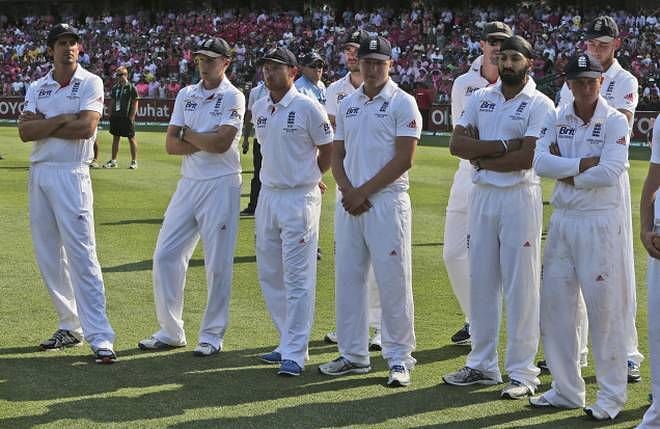
Winning away in Test cricket: A Pandora's box - Part 1 - Where are the draws?
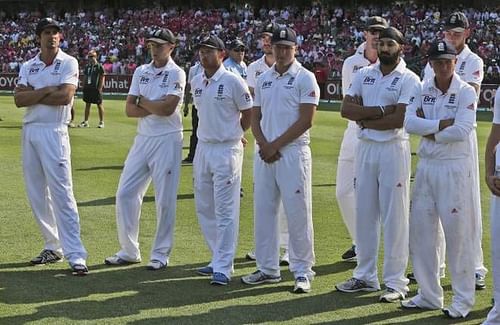
“A Man travels the world over in search of what he needs and returns home to find it” – George A.Moore
The Irish novelist seems to have put into words the thoughts of most Test batsmen in the history of cricket. And this feeling only seems to have intensified in recent years. Almost every single Test playing nation seems to come up flat in away tours.
As more and more countries have started closing their borders to immigrants, and as right-wing fascism and nationalism seem to be the in-thing across the world’s political realm, similar emotions seem to be catching up in the Test cricketing world. Now that the immoderate analogy has been done and dusted, let’s dig deeper and take a look at if playing away has indeed gotten tougher.
It doesn’t take too many numbers to come to the conclusion that over the past decade, winning overseas for any team has become increasingly difficult. There have been lots of narratives to this, i.e. home teams “doctoring” surfaces to suit them, batsmen have gone softer, T20 Cricket, etc.
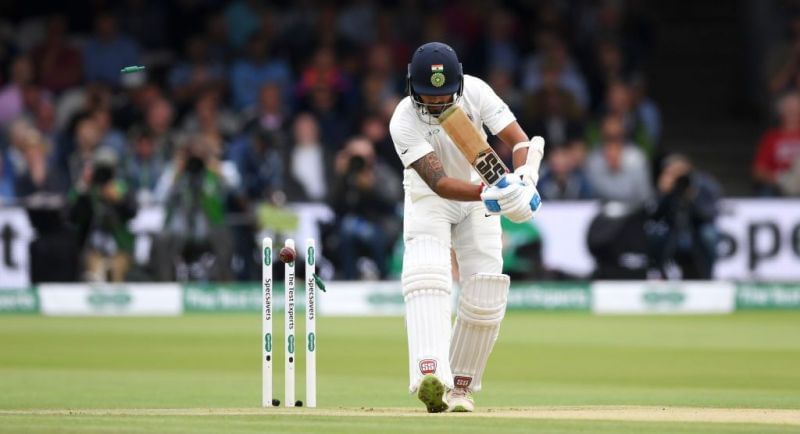
As for the first point, the very reason for the home-away format, in my opinion, is to test teams/players in different conditions. So, unless the pitch is literally unsafe to the lives of the players involved (which has been the case with a negligible number of matches) this surely shouldn’t be a concern for anyone. As for the other points, we’ll get to them eventually.
To begin with, to set the basic premise of the difficulty of playing away, let’s take a macro-level look at how teams have performed away since the birth of the sport.
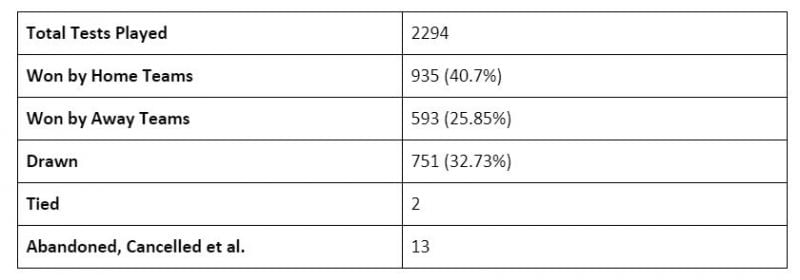
Hence, historically, a home team is 1.6 times more likely to win a Test match than an away team. More importantly, a Test has nearly a 1/3rd of a chance of ending in a draw.
Now, let’s dig a bit deeper and analyze the same numbers by looking at Test matches played per decade. The numbers might be slightly skewed as the absolute number of Tests played over the past 2-3 decades would be significantly higher than the previous years, and the introduction of newer Test teams in the latter decades. But it should give us an idea of how the sport has progressed, in terms of away tours.
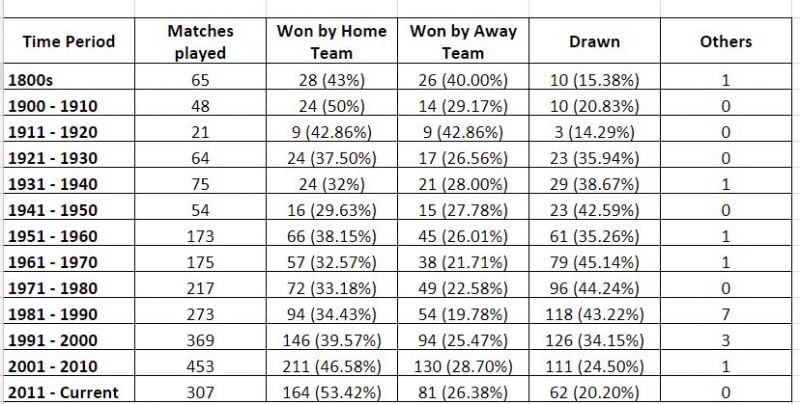
The graph below will give a bit more clarity as to how the trends have been in Test Cricket over the decades.
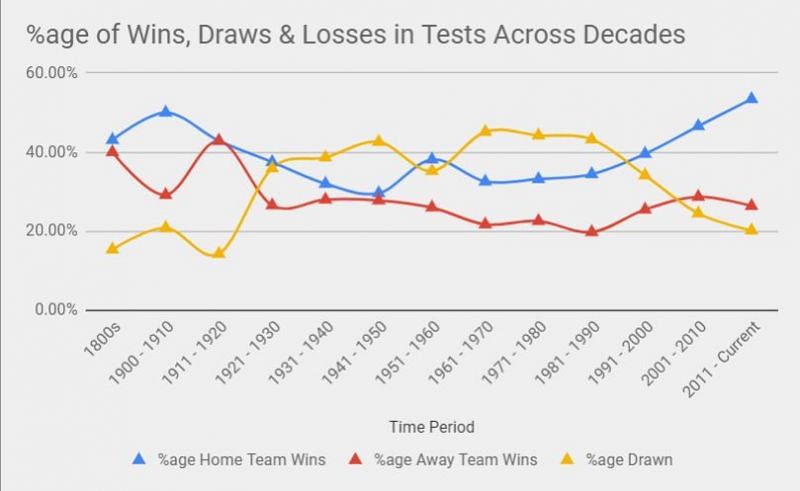
Here are a few takeaways from this -
- Except for one odd glitch in 1911 - 1920, where the percentages are the same, home teams have a winning record in every single decade in the history of cricket.
- Home team winning % ages hovered between 30 to 40% for most of the 20th century. However, since the onset of the 21st century, home team win % ages have started creeping up beyond 40%, right up to the highest point of a massive 53.42% in the current decade.
- In the current decade, a home team is 2x more likely to win a game than the away team, which is 20% more than the historic average.
- The average winning percentages of away team through the years has hovered around a constant 20% - 29%, in line with the cumulative historic average. In fact, the current decade has an away team win % age of 26.38%, that is better than 7 out of the 13 time periods considered.
- However, the most damning statistic is the startling decrease in the number of draws. Corresponding to the increase in Home win percentages from around 2000, the number of draws played out by teams has dramatically decreased to a measly 20% in the current decade. This sizeable decrease in the %age of draws is probably the number one reason why teams seem to be faring much worse away in recent years.
To summarise, yes, home teams have started winning more often in the past couple of decades. The % age of wins by away teams have stayed at approximately the same levels. However, the number of draws has come down drastically.
A Test match is, historically, likely to have a 33% chance of ending in a draw, however, over the past decade, it has slipped to a lowly 20% chance of ending in a draw. This is the biggest difference in the 1-1 or 2-1 series results we used to see in yesteryears, to today's results of 5-0, 4-1, 3-1 et al.
The naked eye suggests that this is a direct derivative of batsmen losing their mojo and the will to "dig in" in difficult conditions, or perhaps it's just that home teams have gotten "stronger"? In part 2 of this series, I will look at how different teams have fared over these decades. Is this phenomenon a commonality between all Test playing teams or is do some teams fare better at certain periods of times?
Lastly, some food for thought. Does a lesser number of draws mean better cricket? Is result-oriented cricket, and hence usually one-sided series', better viewing than those hard-fought or boring draws, that make series results much easier on the visiting teams?
Is a 2-1 loss over a 5-test match series, better than a 4-1 loss? If the objective is to bring in new viewers to the sport, result-oriented matches would obviously make more sense, as explaining a draw after playing a game for 5 days would be immensely more difficult than explaining a win or loss.
But for the sheer romanticism of the format that we call, and love, Test Cricket, draws certainly are an important aspect of the sport. For perhaps it reminds us all of the vagaries of life, that one may scratch and claw towards a goal with all their will, might, and luck, but we don't always reach the end goal we aim for.
Now, of course, we would prefer seeing the Swann - Onions eking out an escape in Cape Town kinda draw to the Jayasuriya - Mahanama pummeling India to submission kinda draw, but that is a story for a later day.
Stay tuned for the 2nd part.